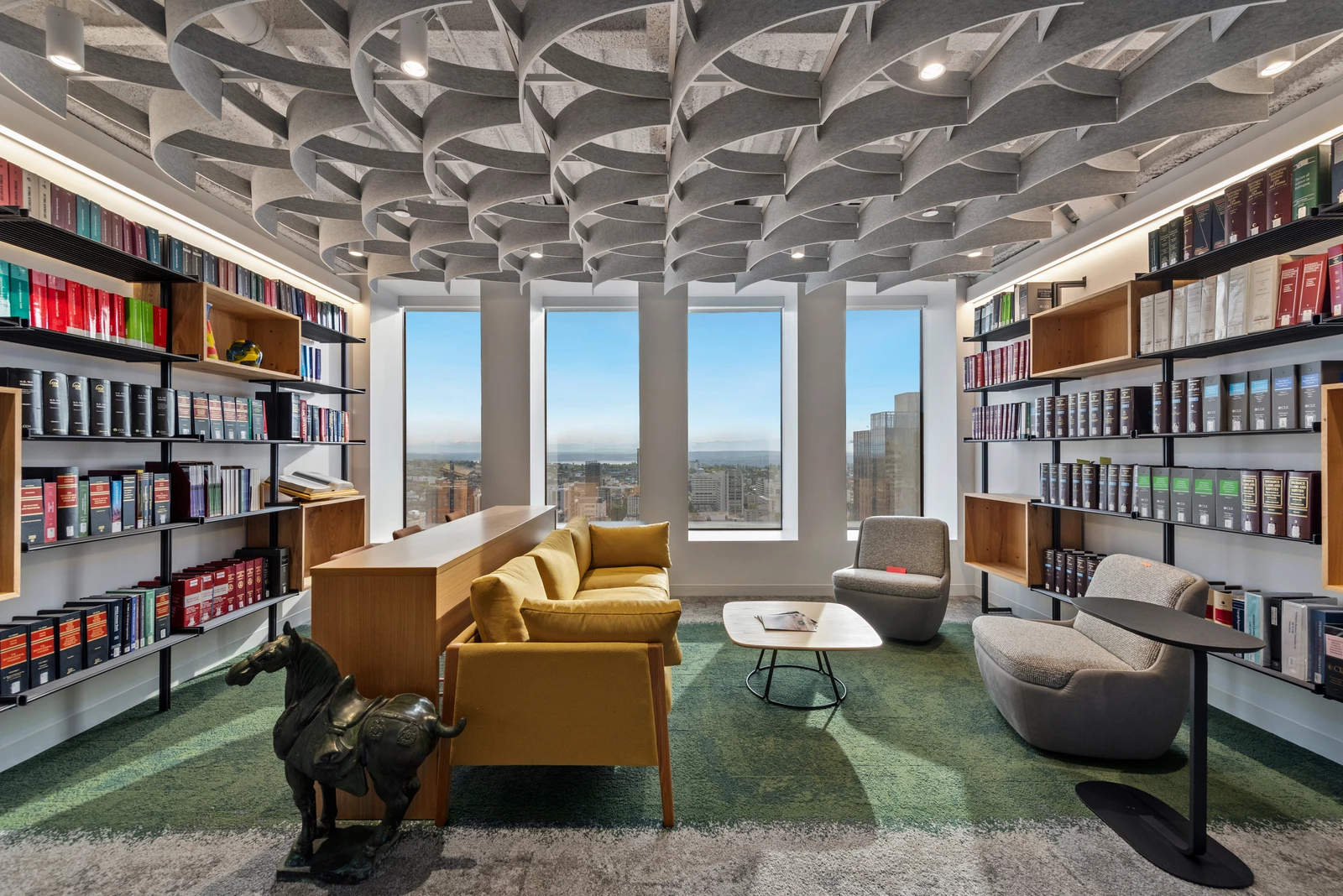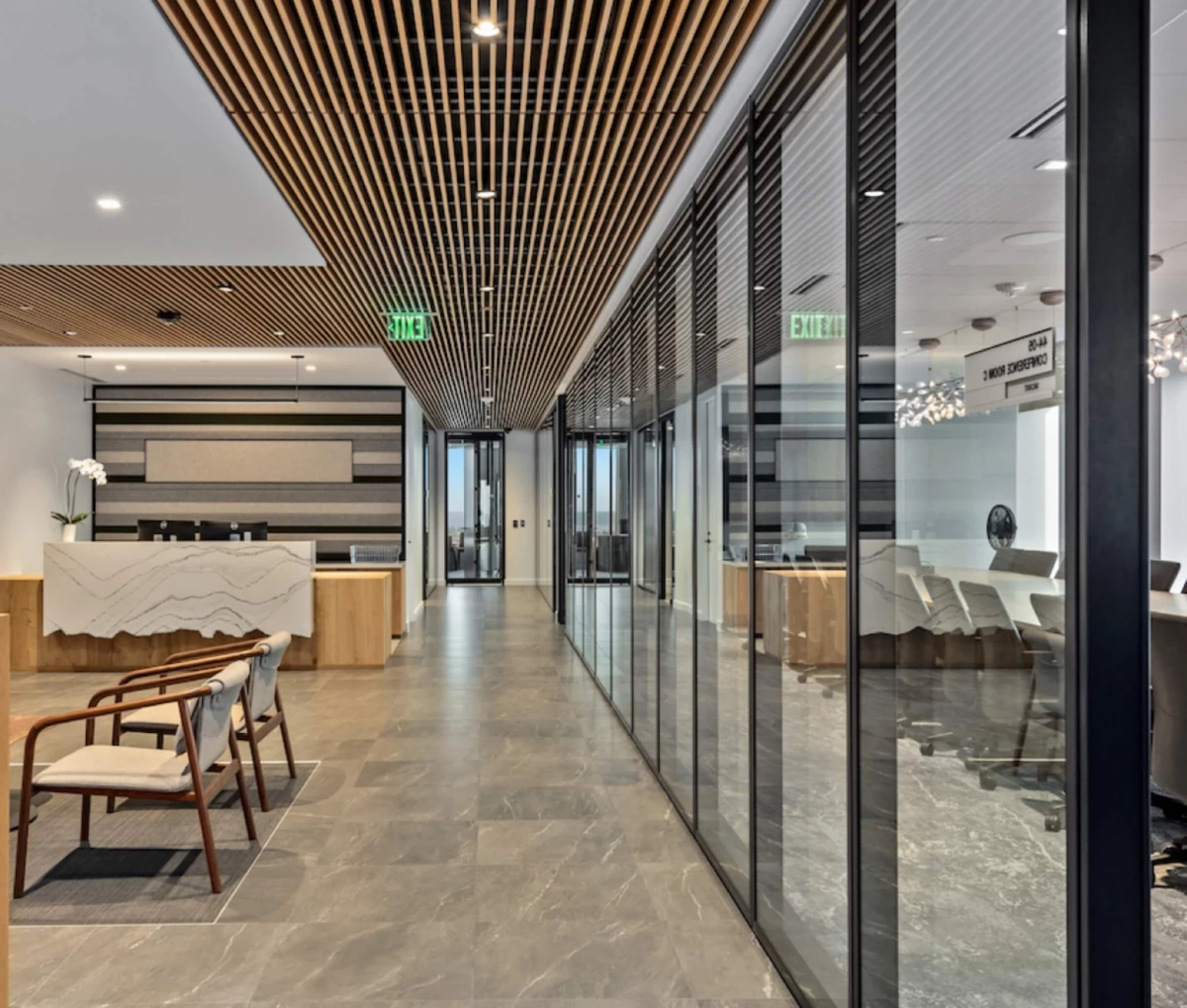Market Overview
As of September 2025, the commercial construction market remains stable. Material pricing has leveled out compared to the volatility of the post-pandemic years, and most categories are seeing only modest year-over-year changes. Overall, the construction materials index is up about 5% YoY, while demand for commercial and industrial projects remains steady. Labor continues to be one of the largest cost drivers heading into late 2025.
Construction Material Costs
Material Cost Trends
Here’s a quick look at how major construction inputs have moved over the past year:
Concrete: Up ~2.2% YoY
Copper: Up ~1.6% YoY after a slight dip last year
Petroleum: Down ~4.5% YoY, helping ease fuel costs
Fabricated Metal Products: Up ~5.9% YoY, reflecting solid demand for steel components and formed metals
Gypsum Wallboard: Flat (+0.2% YoY). Pricing has been stable for months
Iron & Steel: Up ~9.0% YoY, one of the stronger increases due to domestic production and restocking
Insulation: Down slightly (–0.5% YoY)
Lumber: Up ~1.8% YoY, well below the volatility seen in 2021–2023
Switchgear & Electrical Equipment: Up ~11% YoY, still one of the most supply-constrained categories
Natural Gas: Down ~7% YoY, easing energy-related building costs
Glass & Glazing: Up ~4% YoY
Overall, materials are trending within a manageable range. Most increases are modest, select categories remain elevated (steel, switchgear), and a few inputs have decreased.
Tariff Impact
Tariffs continue to influence pricing, but the impact varies widely by material:
Steel and aluminum imports still carry notable tariffs, which contributes to higher domestic steel costs
China-sourced mechanical and electrical components remain under existing tariff structures, affecting specialty items such as switchgear and certain fixtures
Most core building materials (concrete, gypsum, lumber) are primarily domestic and are not meaningfully affected by tariffs
In short, tariffs matter most for steel, electrical equipment, and specialty imported components, with limited impact on everyday building materials.
For projects with longer exposure to market conditions (such as 12–18-month builds), we are using specific subcontract language and predictable, mutually agreed buyout schedules to lock in pricing before work begins. These strategies ensure the project price remains stable throughout the duration and prevent tariffs from impacting final costs.
Labor Market Conditions
Labor remains one of the most significant cost pressures:
Construction wages are up ~4.2% YoY, according to the Employment Cost Index
Average hourly earnings remain high at around $49–50 per hour
Unemployment among experienced construction workers is low, keeping competition for skilled trades tight
Strong demand for electricians, plumbers, and experienced carpenters continues to push wages upward
Outlook for Late 2025
The construction environment is steady and more predictable than in prior years. Material prices have stabilized, energy costs are lower, and only a few categories continue to show elevated YoY increases. Labor will remain the biggest contributor to rising project costs, and long-lead items like switchgear still require early ordering.
With good planning and proactive procurement, most commercial projects can move forward with confidence through the remainder of 2025.
Based on our local data, these are the trends we’re seeing for material procurement. Most material procurement timelines have returned to more stabilized durations after significant procurement volatility and supply chain disruptions over the last couple of years. Still, many lead times are extended relative to historical norms for some specialty items, fixtures, and equipment.





